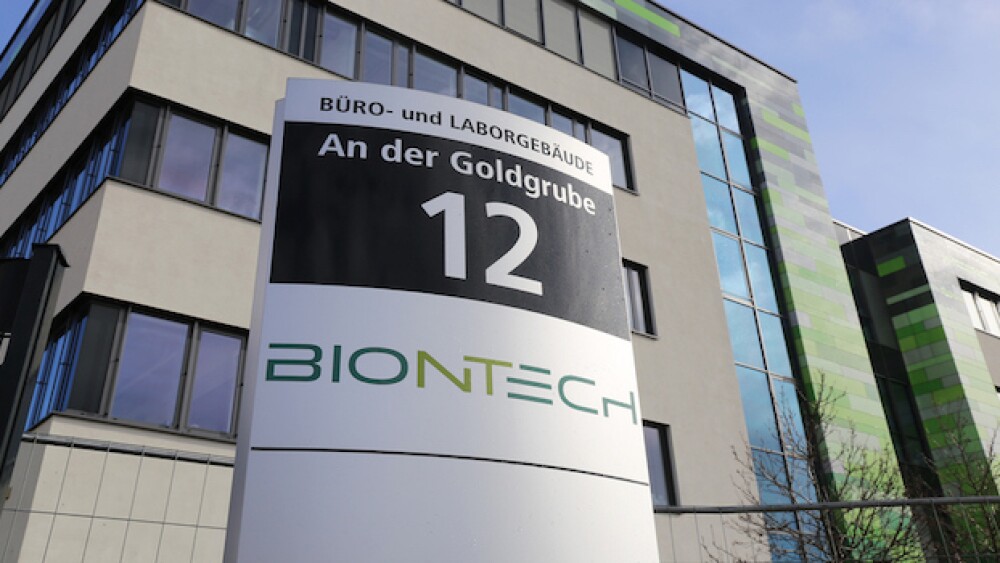Researchers have uncovered a significant contributing factor to interferon resistance of malignant melanoma cells. The finding represents a step forward in understanding the molecular events that govern the growth of this type of cancer and the changes in gene expression and cellular signaling that underlie resistance to established therapies. Malignant melanoma is the deadliest form of skin cancer, and if not treated successfully, it can spread to affect the liver, lungs, or brain. Chemotherapy fights the disease with limited efficiency, and the use of interferon has become the most established immunotherapy for advanced-stage melanoma. However, melanoma tumors often develop a resistance to the drug, posing one of the major obstacles in the clinical treatment of this cancer. Now Professor Manfred Schartl and Dr. Claudia Wellbrock, scientists at the University of Würzburg, believe they have an explanation for how this interferon resistance is acquired. They have found that when a gene called STAT5 is too active in melanoma cells, it can counteract the anti-cancer effect of interferon. Interferon normally impedes the growth of cancer cells, whereas STAT5 is thought to act to promote cellular growth. The new work, published by Professor Schartl and his colleagues in Current Biology, shows that interferon actually activates STAT5 in melanoma cells but that under normal conditions, this does not interfere with the inhibitory potential of the drug. However, when cancer cells posses too much STAT5 activity to begin with, the further activation of STAT5 function by interferon induces a mechanism that blocks the ability of the drug to effectively inhibit growth.




